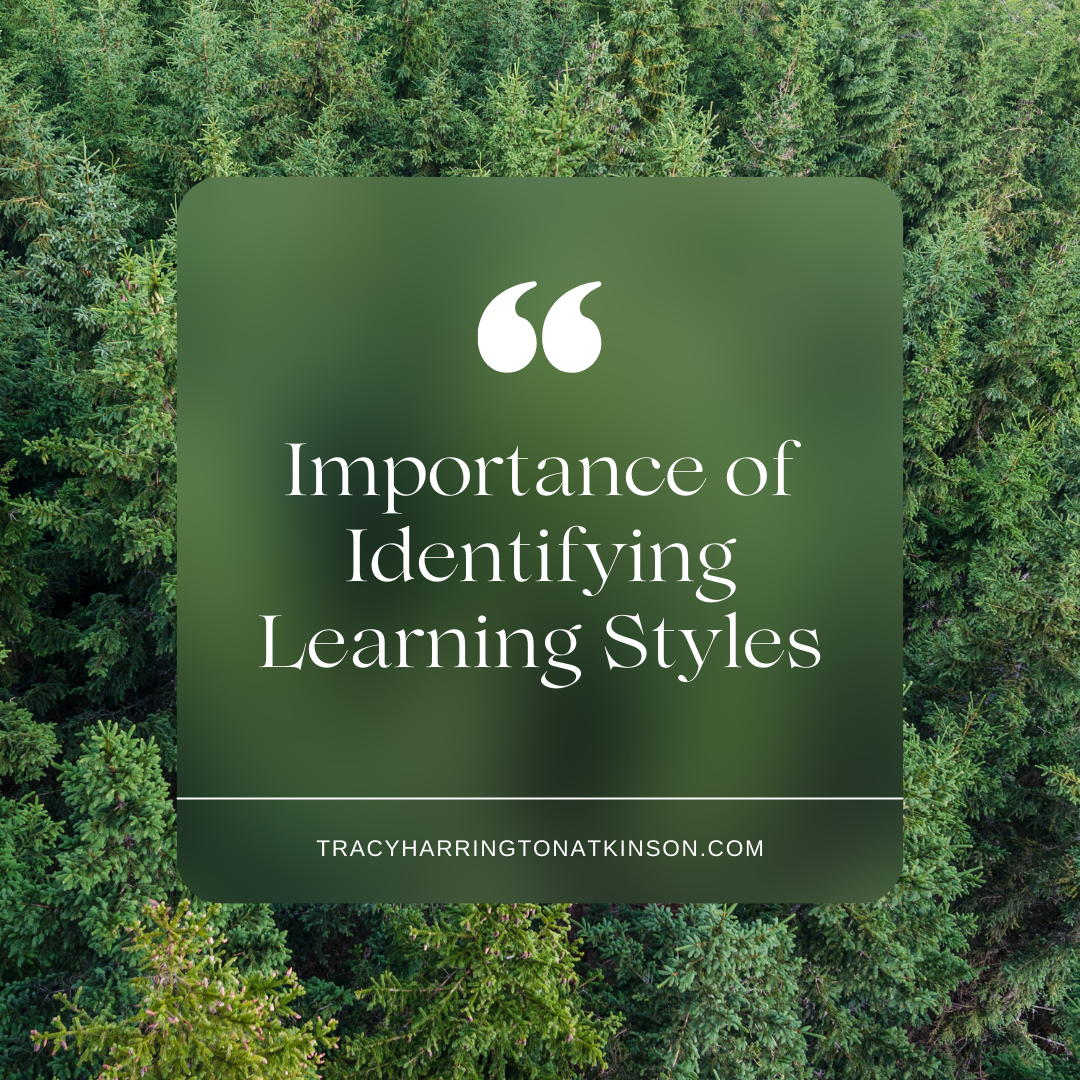Understanding individual learning styles is crucial in today’s diverse educational landscape. Each learner absorbs and processes information uniquely, influenced by their preferences, strengths, and experiences. Recognizing these differences not only enhances educational outcomes but also fosters a more inclusive environment where all students can thrive. By tailoring teaching methods to accommodate various learning styles—whether visual, auditory, read/write, kinesthetic, or a blend of these—educators can engage students more effectively, boost their confidence, and inspire a lifelong love of learning. This article explores the significance of identifying and adapting to learning styles, offering insights into how this recognition can transform educational practices and empower learners to reach their full potential.

Brighten up learning with our Farmer’s Market Color Sorting Set! 🌈 Perfect for little hands to explore colors, sorting, and early math skills while engaging with playful, farm-themed pieces. Great for building fine motor skills and introducing color recognition in a fun, hands-on way! 🥕🍅 #KidsLearning #FarmersMarketFun #ColorSorting #EarlyLearning #HandsOnPlay
Personalized Learning: Understanding the different learning styles allows educators to tailor their teaching methods to accommodate diverse student needs. By recognizing that students learn differently, teachers can create inclusive classrooms that foster engagement and comprehension.
Enhanced Student Motivation: When students identify their learning styles, they can adopt strategies that resonate with their preferences. This self-awareness boosts motivation and confidence, leading to a more positive learning experience.
Improved Academic Performance: By aligning teaching methods with students’ learning styles, educators can enhance retention and understanding, resulting in better academic outcomes. Students who feel supported in their learning approaches are more likely to succeed.
Lifelong Learning: Understanding learning styles is not limited to formal education; it extends to professional development and personal growth. Individuals who recognize their learning preferences can continue to adapt and refine their approaches throughout their lives.
Get creative with the Learning Resources Gears! Gears! Gears! 100-Piece Deluxe Building Set! 🛠️ Perfect for sparking STEM skills, this colorful set lets kids build, connect, and create endless moving structures while improving problem-solving and fine motor skills. A hands-on way to explore engineering fun! 🌈⚙️ #STEMToys #BuildingFun #HandsonLearning #KidsActivities #CreativePlay

In conclusion, recognizing learning styles is essential for creating an effective and inclusive educational environment. By understanding the diverse ways in which students absorb and process information, educators can adapt their teaching strategies to meet individual needs, ultimately enhancing student engagement and achievement. This approach not only helps learners grasp concepts more effectively but also nurtures their confidence and motivation to explore new ideas. As we move towards a more personalized education system, embracing the importance of learning styles will be key to empowering all students to succeed and fostering a lifelong passion for learning. By investing in the recognition and application of diverse learning styles, we pave the way for a brighter, more equitable future in education.


Comments are closed